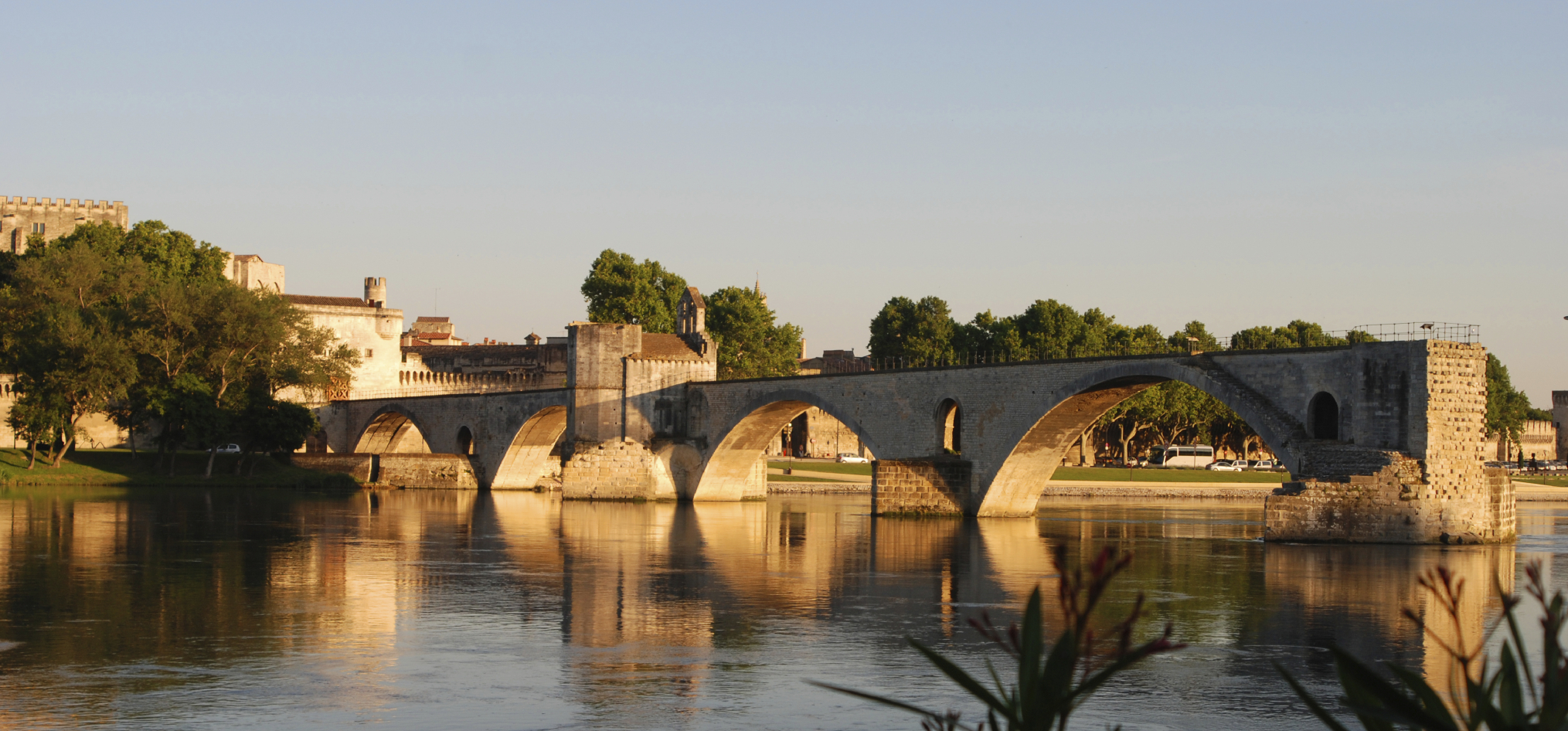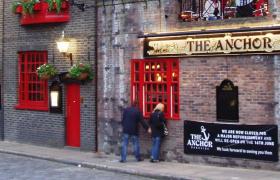There are hundreds of World Heritage sites to visit in Europe of captivating diversity, beauty, and historical and environmental significance. On your holidays to Europe, consider including some of these magnificent World Heritage sites:
Cesky Krumlov - Czech Republic
On the winding banks of the Vltava River, this quaint and magnificently preserved 13th century castle and surrounding medieval town will transport you back to another simpler and more rustic era. Time your visit for the Festival of Chamber Music held in the elegant Ceský Krumlov Castle or join in the music, fun, traditional dress, and ceremony of the annual Five-Petalled Rose Celebrations. The structural design of the area combines Baroque, Gothic and Renaissance influences little touched by modern civilisation and softened by expanses of trees and gardens.
Santiago de Compostela - Spain
Also known as Saint James of Compostela, this site, awarded the 2000 European City of Culture comprises an entire city divided into the exquisitely preserved architecture of the old city and the less interesting but vibrant new city. In this city of parks, nightlife, and history, you'll find endless diversions. Explore the winding granite paved streets, the Paxo de Raxio plaza, and majestic cathedral of the old city, walking where pilgrims have walked since the 9th century, and wander the arched columns of the 16th century University of Santiago de Compostela. Then let your hair down and enjoy some scrumptious tapas with the local drop, and dance through the night in one of the new city nightclubs.
Thracian Tomb of Kazanlak - Bulgaria
Only discovered in 1944 the tholos (a circular building with a vaulted roof) is adorned with intricate murals while an exquisitely decorated narrow corridor leads to the burial chamber also adored with murals depicting the burial culture and rituals of the time. These beautifully preserved masterpieces date from the 4th century BC in what is known as the Hellenistic period.
Rock-Hewn Churches of Ivanovo - Bulgaria
This uniquely stunning and awe-inspiring collection of chapels, monasteries, and monolithic churches are hewn from the solid rock. Crafted from the rock face 32 meters above the Rusenski Lom River, these man-made caverns were inhabited from around 1220 until the 17th century growing to a total of 40 churches and 300 premises, few of which are now preserved. Mounting the steps and paths, and wandering the cool recesses of the Holy Virgin's Church you can't help being affecting by the beauty and antiquity of the striking portraits and well-preserved frescoes, predominantly from the 13th and 14th centuries.
Notre-Dame de Reims - France
One of the most famous, most fascinating cathedrals in the world, the current edifice dates back to the 13th century. Once the site of royal coronations, now a tourist mecca regarded as a Middle Ages masterpiece, Notre-Dame is most famous for the imposing architecture of the 81-meter towers, though only the south tower houses the bells, one of which weighs 11 tons. Damaged in WW1, this magnificent edifice of towering internal columns and spectacular vaulted ceilings was fully restored and reopened in 1938. Like many before, you may find the enchanting rose window situated over the main portal, the magnificent tapestries, paintings and statues, the majestic Great Organ, supporting 5 keyboards and 8,000 pipes, engenders a hushed reverence.
Rock Drawings in Valcamonica - Italy | Rock Drawings of Alta - Norway
Poignant in their primitive, child-like simplicity, these beautifully preserved drawings located in the Alta Fjord date back to 4,200 BC with the more recent dating around 500 BC. Wander the meandering path of this open-air museum, a Museum of the Year winner, discovering more than 5,000 petroglyphs depicting skills in boat building, herd control and fishing. Valcamonica in Italy displays the most complex prehistoric rock drawings with around 300,000 petroglyphs of rituals, navigation, agriculture and hunting scenes dating back to 6,000 BC.
Wieliczka Salt Mine - Poland
Don't be put off by the name, this magnificent site, where table salt was mined since the 13th century until production stopped in 1996, completely enthrals. Tour a brief but amazing 3.5 kilometres of the more than 300 kilometres of mine, marvel at the exquisitely crafted historic and mythical statues originally carved from the rock salt by the miners but now by dedicated artists, the breathtaking chandeliers made entirely of rock salt worked in such a way to create a clear glass-like substance, the expansive chamber carved to resemble a chapel and the underground lake. Your descent is down a 400-step wooden stairway into the mine 150 metres beneath the surface, though you'll enjoy the luxury of an elevator ride back to the surface.
Other World Heritage sites to visit in Europe include the Fairy Chimneys, rock-cut houses and temples of Cappadocia, Turkey; the undisturbed Primeval Beech Forests of the Carpathian in the Ukraine; and the majestic Jungfrau region of the Swiss Alps.
Call 13 70 71 or enquire online to speak to one of our travel specialists and begin planning your personalised itinerary.













